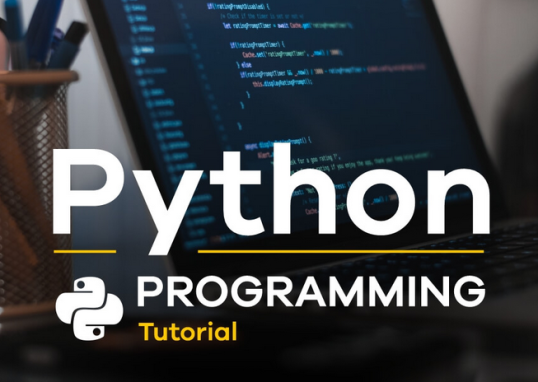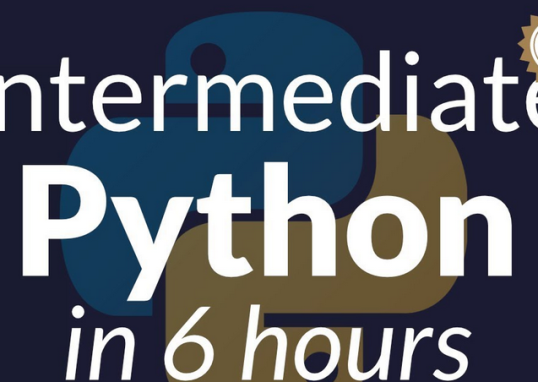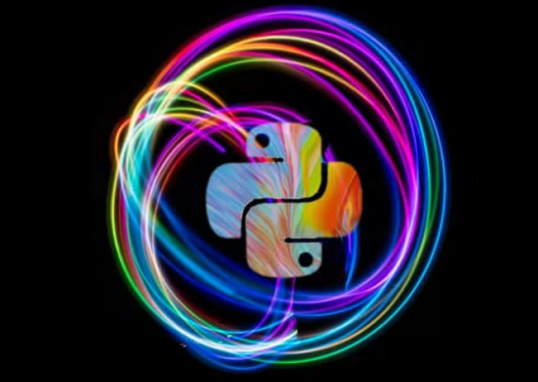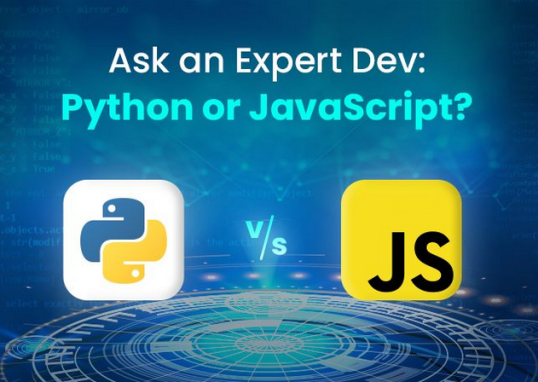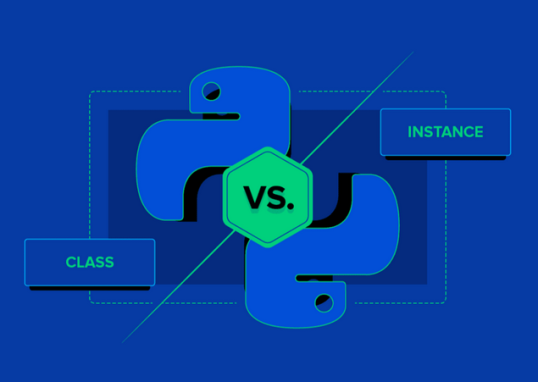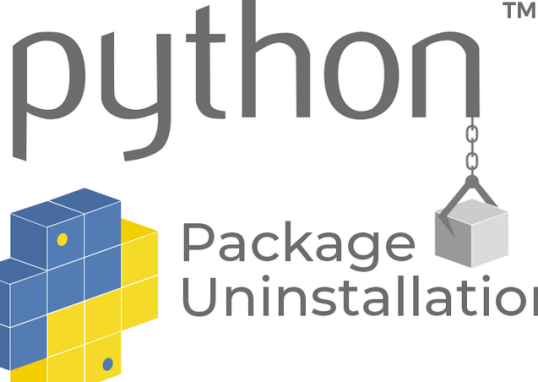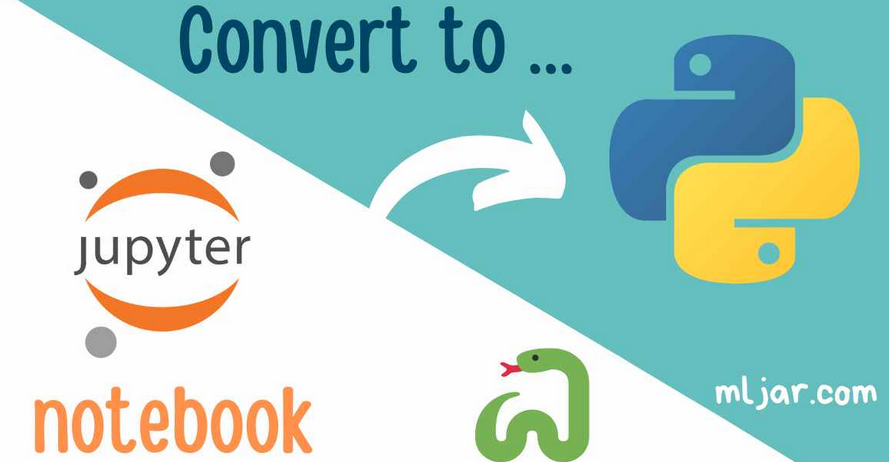
In today’s data-driven world, videos have become a significant source of information and insights. Analyzing video data can provide valuable knowledge about human actions, scene understanding, and various real-world phenomena. In this chapter, we will embark on an exciting journey to explore and understand video data using the powerful combination of Python, Matplotlib, and cv2.
We will start by learning how to use the cv2 library, a popular computer vision library in Python, to read in video data. With cv2, we can effortlessly load video files, access individual frames, and perform various operations on them. These fundamental skills set the stage for our exploration and analysis.
Next, we will dive into the process of extracting frames from video data. Video frames are the individual images that make up a video sequence. Extracting frames allows us to work with individual snapshots, enabling us to analyze, manipulate, and extract useful insights from video data. We will discuss different strategies to extract frames efficiently and explore the possibilities of working with specific time intervals or frame rates.
Once we have our frames extracted, we will explore the properties of image frames in videos. This includes analyzing characteristics such as color distribution, texture patterns, object motion, and spatial relationships. By leveraging the power of Python’s Matplotlib library, we can create captivating visualizations that provide a deeper understanding of video data.
In this chapter, we will learn how to explore video data in Python using Matplotlib and OpenCV (cv2). Specifically, we will be delving into the kinetics human actions dataset. In the upcoming chapter, we will focus on labeling this video dataset. The current chapter serves as a foundational introduction to video data, providing essential knowledge necessary for the subsequent labeling process.
We are going to learn about the following:
- Loading video data using cv2
- Extracting frames from video data for analysis
- Extracting features from video frames
- Visualizing video data using Matplotlib
- Labeling video data using k-means clustering
- Advanced concepts in video data analysis
By the end of this chapter, you will have gained invaluable skills in exploring and analyzing video data. You will be equipped with the knowledge and tools to unlock the hidden potential of videos, enabling you to extract meaningful insights and make informed decisions. So, let’s embark on this thrilling journey of exploring video data and unraveling the captivating stories it holds.
Technical requirements
In this section, we are going to use the dataset at the following GitHub link: https://github.com/PacktPublishing/Data-Labeling-in-Machine-Learning-with-Python./datasets/Ch08.
Let’s start with how to read video data into your application using Python.
